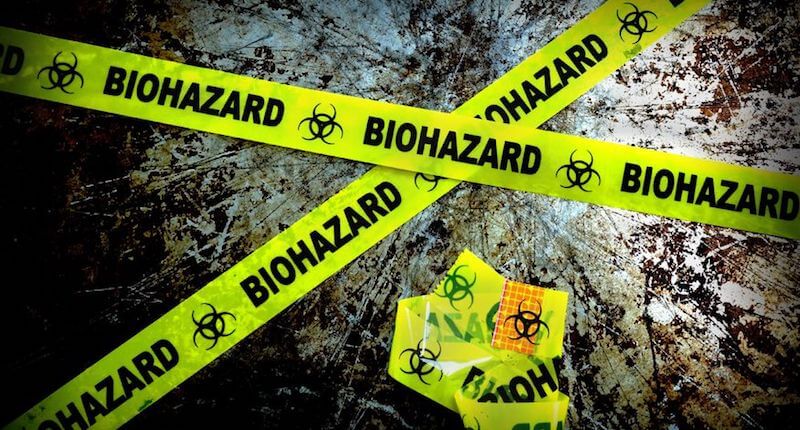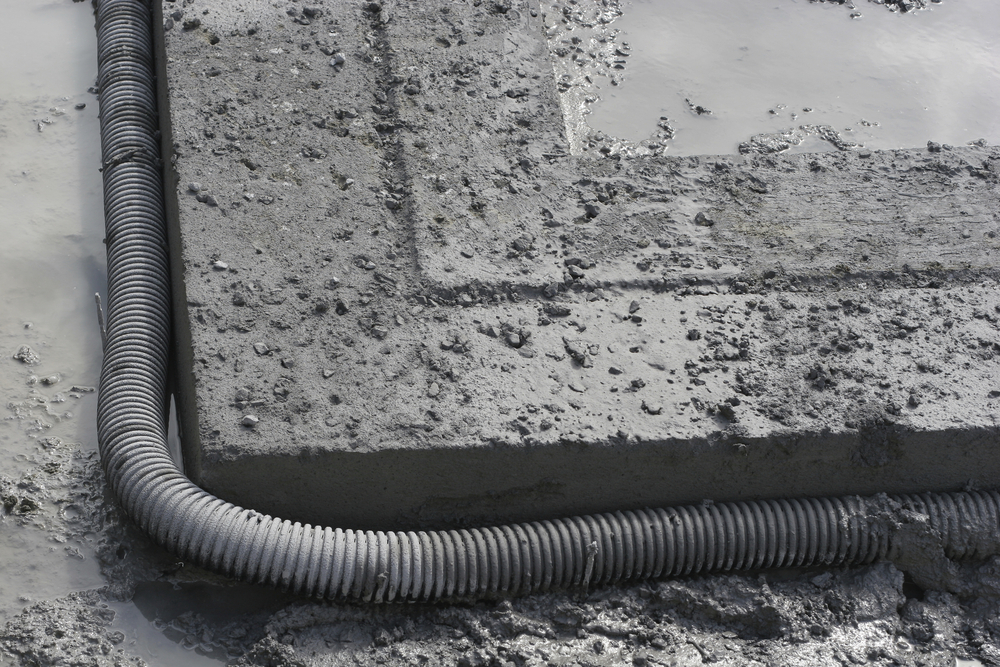Table of Contents

Biohazards are substances, materials, or situations that pose a risk to human health, the environment, or property. Understanding biohazards and the potential dangers they present is essential for both individuals and businesses. Whether you are dealing with a cleanup after a trauma scene, mold infestation, or a medical waste issue, it is crucial to know what qualifies as a biohazard, why they are dangerous, and how to handle them properly. In this blog post, we will explore the nature of biohazards, the common types you may encounter, and why you should care about proper biohazard management.
What is a Biohazard?
A biohazard is any biological substance or material that can cause harm to humans, animals, or the environment. These hazardous substances typically involve harmful microorganisms, such as bacteria, viruses, fungi, or parasites, which can be infectious, toxic, or otherwise dangerous to health. It can arise from accidents, natural disasters, or human activity and may present a significant risk if not properly managed.
Biohazards are categorized into four main levels, depending on the severity of the risk they pose:
- Biosafety Level 1 (BSL-1): Low risk, which are typically found in laboratories or environments where organisms are not known to cause disease in healthy humans.
- Biosafety Level 2 (BSL-2): Moderate risk biohazards that can cause illness, but there is generally a treatment or vaccine available. Examples include some bacteria and viruses that cause common diseases.
- Biosafety Level 3 (BSL-3): High-risk that can cause severe disease or even death. These materials require specialized containment, such as those found in labs working on tuberculosis or the flu virus.
- Biosafety Level 4 (BSL-4): The highest level of risk, involving extremely dangerous pathogens that have no known cure or treatment. These include viruses like Ebola and Marburg.
Common Types of Biohazards
There are several types of biohazards that people commonly encounter. Understanding them helps to recognize potential risks in various environments.
1. Blood and Bodily Fluids
Blood and other bodily fluids, such as urine, vomit, saliva, and semen, can carry dangerous pathogens like HIV, hepatitis B and C, and other infectious agents. Cleanup and handling of these materials must follow strict safety protocols to avoid exposure.
2. Medical Waste
Medical waste, including used needles, syringes, dressings, and bandages, can contain infectious agents or harmful substances. Hospitals, clinics, and dental offices generate significant amounts of medical waste that require special disposal methods to prevent contamination.
3. Mold and Fungi
Mold is another common hazard that can thrive in damp, humid environments. Mold spores can cause allergic reactions, respiratory issues, and even toxic reactions depending on the type of mold. Fungal biohazards, like Aspergillus and Histoplasma, can be particularly harmful when inhaled.
4. Contaminated Food and Water
Foodborne illnesses caused by bacteria like Salmonella, E. coli, and Listeria are examples that can spread through contaminated food or water. Poor handling, improper storage, and cross-contamination can increase the risk of foodborne disease outbreaks.
5. Animal Waste
Fecal matter from animals can harbor dangerous bacteria and viruses, including those that cause diseases like leptospirosis or toxoplasmosis. Cleanup of animal waste in homes, farms, or public spaces needs to be done with care to avoid exposure.
6. Drug and Chemical Waste
Drugs and chemicals used in healthcare, such as chemotherapy agents or radioactive isotopes, can pose risks to human health if they are mishandled or improperly disposed of.
Why Should You Care About Biohazards?
Biohazards pose significant risks to both public health and the environment. Whether you encounter them at home, work, or in a public space, improper handling of it can lead to severe consequences. Here are several reasons why you should care and take them seriously:
1. Health Risks
It can cause a wide range of health problems, from mild allergic reactions to life-threatening diseases. Exposure to harmful bacteria, viruses, and fungi can result in infections, respiratory illnesses, and even long-term health complications. The risk of exposure is especially high in situations involving blood or bodily fluids, where diseases like HIV, Hepatitis, and COVID-19 can spread.
2. Environmental Impact
Certain biohazards, such as mold or chemical spills, can have lasting environmental effects if not properly managed. Mold growth in buildings can damage structural integrity and lead to costly repairs. Harmful chemicals and medical waste, if improperly disposed of, can contaminate soil, water sources, and ecosystems, leading to broader environmental degradation.
3. Legal and Financial Consequences
Businesses that fail to follow biohazard cleanup protocols can face serious legal and financial repercussions. Laws require proper handling and disposal of medical waste, for example, and failure to comply can result in hefty fines. Additionally, exposure to it can lead to lawsuits, especially if it leads to injury or illness among employees or customers.
4. Peace of Mind and Safety
Knowing how to handle biohazards properly can give you peace of mind and ensure the safety of everyone involved. Whether you are cleaning up after a trauma scene, dealing with mold in your home, or handling medical waste in a clinic, proper cleanup provides a safer environment for all.
What to Do If You Encounter a Biohazard?
If you come across a potential biohazard in your home, business, or any other setting, it’s important to act quickly and safely. Here’s what you should do:
- Do Not Touch or Disturb the Hazard: Avoid direct contact with any bio-hazardous material.
- Alert the Right Authorities: Contact a professional biohazard cleanup service or local health department to manage the situation.
- Follow Safety Protocols: If you must handle the situation yourself, ensure you wear appropriate protective gear, such as gloves, masks, and suits.
- Disinfect and Clean the Area: Cleanup professionals will follow specific guidelines to disinfect and safely remove harmful substances.
Biohazards are a serious concern in both everyday life and specialized environments. Understanding what qualifies as a bio-hazard, why these substances are dangerous, and how to manage them can protect your health, the environment, and even your finances. When in doubt, always contact us at PuroClean of Coral Gables (+1 305 894-4343), we are a reliable and professional biohazard cleanup company ready to handle the situation safely and effectively.


